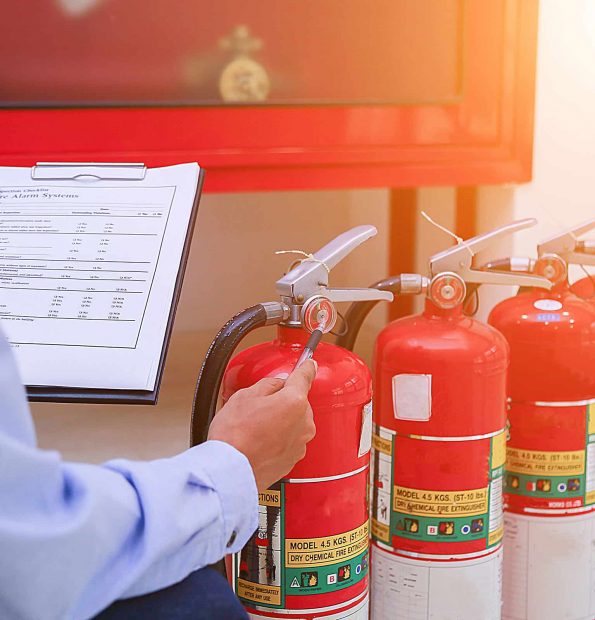Sydney’s fire safety regulations include more than a simple checklist. At the core of the process is the Annual Fire Safety Statement (AFSS) which is a document that does more than meet legal requirements, but also displays the owner’s commitment to safety and accountability. In conjunction with the Fire Safety Certificate, the AFSS forms the basis of an organized system that guarantees the safety of occupants in buildings as well as assures insurers and assures councils of the buildings of their city.
Why the Annual Statement on Fire Safety is Needed?
The Annual fire safety statement Sydney requirement was never designed to be paperwork for the sake of paperwork. This requirement was created due to, no matter how good the fire protection system constructed, it can only function if it’s regularly tested, maintained and certified. Sprinklers installed ten or more years ago could appear good however they won’t perform in a situation that requires immediate attention If they’re not regularly inspected.

The AFSS requires that property owners demonstrate at least once every 12 months that all fire protection measures within their home, from alarms and hydrants, to lighting for exits–are still in compliance with the requirements originally laid out in the Building Code of Australia (BCA). This is more than just an inspection. It’s a declaration to the public that lives will be secured and that the structure is able to withstand an emergency.
What is the main difference between AFSS and Fire Safety Certificates?
The Fire Safety Certificate and the Annual Statement are often misunderstood by property owners, yet they serve distinct purposes. The certificate is given once the installation has been completed or major changes have been made. The certificate confirms that the new measures are in line with the regulations prior to when a property or tenancy is used. The AFSS On the other however, will be issued later. The AFSS is a continuing responsibility to prove that the systems that are in use meet the standard each year after installation.
They are able to create a protection loop when they are used together: the certificates verify that safety systems have been installed correctly and the annual audits verify that the systems are maintained throughout the life of a building. The absence of one step can weaken the entire chain of protection.
The responsibility of the building owner
One of the distinct features of the AFSS procedure that is unique to New South Wales is that it imposes the sole accountability on the property owner. In contrast to other types of compliance in which defects can be categorized as major or minor or major, the AFSS system does not support any sort of system of hierarchy. The entire statement is invalid when any one of the measures fail.
Owners are required to be proactive. Owners must adhere to the strict deadlines to schedule inspections, engaging accredited practitioners as well as arranging repairs, and then submitting documents to council. These councils, as well as strata landlords, are also responsible for coordinating with contractors, tenants, insurers, and contractors. While it can be challenging, the structure was designed to guarantee that the safety of tenants will never be compromised.
The Effects of AFSS Beyond Sydney
The AFSS isn’t only about legal compliance. It has more broader implications. The current fire safety statement is often requested by tenants when they decide whether or whether to lease a space. Insurance companies will also need this document prior to finalizing the insurance coverage. A current annual declaration on fire safety can impact the value of a building the tenant’s confidence in the building, as well as insurance premiums.
Councils can rest assured that the thousands of Sydney buildings are regularly monitored. For fire authorities this means that the systems are more likely to work during emergencies, which can reduce risks to both occupants and firefighters. The AFSS isn’t just about safeguarding structures. It is as well about making the city more secure overall.
Conclusion: AFSS as a Standard of Trust
The annual statement on fire safety Sydney requirement may appear to be a formal hurdle but, in actuality, it is a standard of trust. It proves that fire safety measures are not placed in the hands of chance. It also proves that the apparatus is trustworthy and that building owners take the responsibility of their residents their well-being. This certificate when coupled with the Fire Safety Certificate completes the system of confirming both the implementation of safety measures and their continual performance.
The lesson for property owners is simple: AFSS is much more than just a date. It’s an investment in security as well as accountability and trust in the community. In the rapidly expanding urban environment of Sydney in which thousands of people depend on safe and dependable buildings, that dedication is what truly makes the AFSS an invaluable resource.